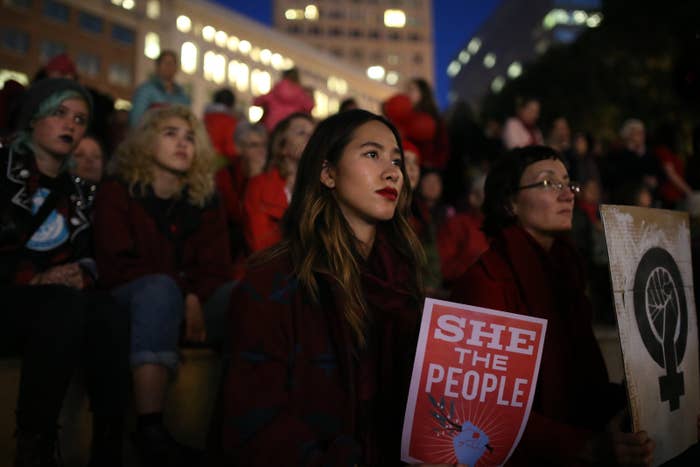
A federal appeals court judge in California ruled in late April that employers can legally pay women less than men for the same work when the discrepancy is based on the workers' previous salaries.
The decision overturned a lower court ruling from 2015 that said pay differences based exclusively on prior salaries were discriminatory under the federal Equal Pay Act of 1963, which forbids employers from paying women less than men based on sex for equal work performed under similar working conditions.
It's not the only development challenging equal pay. In a recent executive order, President Trump revoked Obama-era regulation that would have required companies seeking federal contracts to be transparent about employees’ salary and compensation.
"When pay is shrouded in secrecy, there is room for a lot of — at best — arbitrary sorts of distinctions, and — at worst — discriminatory distinctions to creep in," said Emily Martin, General Counsel for Workplace Justice at the National Women’s Law Center.
In the California case, public school worker Aileen Rizo sued Fresno County after learning that her male colleagues made more than her — a result of a policy to hire employees at 5% above their previous salary.
US Magistrate Judge Michael Seng ruled in 2015 against the school, finding that women’s earlier salaries are likely to be lower than men’s because of gender bias.
But last month, the three-judge panel of the 9th Circuit ruled that a 1982 ruling from the circuit bound the panel to the rule that employers could use previous salary information as long as they applied it “reasonably” and justified the decision with a business policy.
The problem with this ruling "is that women tend to be paid less than men," said Martin. First salaries and early job negotiations can set standards for pay that follow women throughout their careers, contributing to the discrepancy. In 2015, women made about 80 cents for every dollar men earned, according to government data.
Rizo’s lawyers have asked the full court to review the panel’s decision — a way that the Ninth Circuit could alter its 1982 ruling on the topic.
At the current rate, according to the Institute for Women’s Policy Research, women in the US are expected to reach overall pay equality in 2059.

